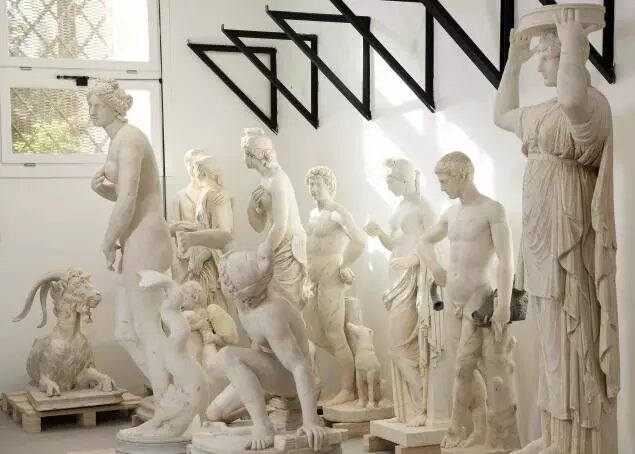
Palazzo Caffarelli, a newly-restored exhibition space in Rome's Capitoline Museums, will display 92 pieces from the priceless collection of 620 ancient sculptures in a blockbuster show entitled The Torlonia Marbles: Collecting Masterpieces.
The much-anticipated exhibition was originally due to launch in April but the opening was postponed, more than once, due to the covid-19 crisis, with the new dates now from 14 October until 29 June 2021.
The revered collection, amassed between the 15th- and 19th centuries, comprises marble, bronze and alabaster statues, busts, bas-reliefs and sarcophagi dating to the ancient Roman era.
The treasure trove combines several collections acquired by the aristocratic Torlonia family, notably that of another noble family, the Albani; the sculptor and celebrated restorer Bartolomeo Cavaceppi; and the collector Vincenzo Giustiniani.
The Torlonia's unrivalled collection was added to further thanks to excavations on the family's vast estates around Rome, such as Roma Vecchia on Via Latina, the Villa di Massenzio and Villa dei Quintili, as well as at Porto, Sabina and Tuscia.
For the first time since the 1940s, the general public will now be able to see the Torlonia collection in person - rather than books - in this new show curated by Salvatore Settis and Carlo Gasparri.
The exhibition is laid out in five different sections, charting the history and evolution of the so-called 'collection of collections.'
Anna Maria Carruba, who oversaw the restoration of the sculptures, told Artnet News that an ancient marble relief depicting a harbour still has traces of its original painted surface, a rare existing testament to the fact that classical sculptures were often decorated with bright paint.
Visitors will also be keen to set eyes on the Tazza Cesi, a colossal neo-Attic Roman white marble vase, 1.8 metres high and made in the first century BC.
One of the pieces on display, a Greek statue of a resting goat, was restored by none other than the Baroque genius Gian Lorenzo Bernini.
Other highlights include the Hestia Giustinani, described by Winckelmann as an example of the austere early stage of Classical Greek sculpture.
Museo Torlonia
The former Museo Torlonia opened to select guests in 1875 on Via della Lungara, in an old grain store located between Porta Settimiana and the Corsini Palace in Rome's Trastevere quarter.
However in the post-war period access to the palace's 77 large rooms was granted extremely rarely to experts or visiting dignitaries.
In 1976, a century after it opened, the private museum closed definitively, to make way for 93 mini-apartments, and the priceless collection was moved into storage at Villa Albani, a private Roman palace owned by the family.
However the redevelopment of the former museum building in Trastevere had been undertaken without the necessary planning permission, leading to protracted legal wranglings between the family and the state.
For more than four decades the collection has been kept under wraps, despite attempts by successive governments to persuade the noble family to either sell or display the works in public, as well as several failed plans over the years to create a museum to house the masterpieces.
Collection sees the light of day
A breakthrough came in 2016, however, with the signing of a landmark deal.
Italy's culture ministry and the Fondazione Torlonia - the foundation established in 2014 to administer the family's assets - agreed that some of the collection's most important marble and alabaster works would go on public display in Italy, before embarking on a 'world tour'.
Conservation works required to restore the sculptures before going on display at Palazzo Caffarelli have been carried out by the Torlonia Foundation in a project financed by luxury jeweller Bulgari.
As for the future, there are advanced plans in place to establish a venue in Rome in which to display the collection for the public to enjoy on a permanent basis.
For full exhibition details see Musei Capitolini website.
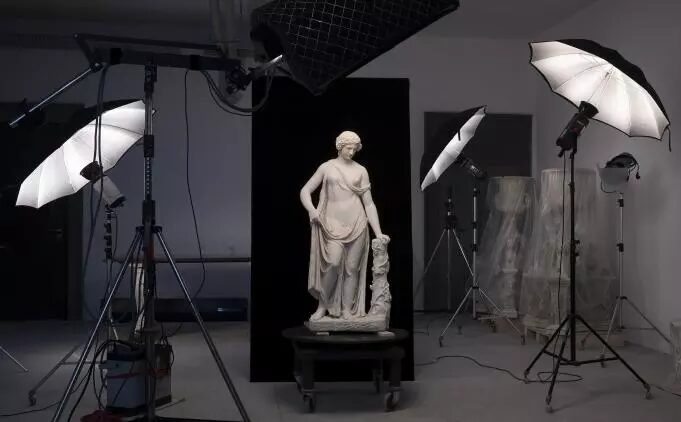
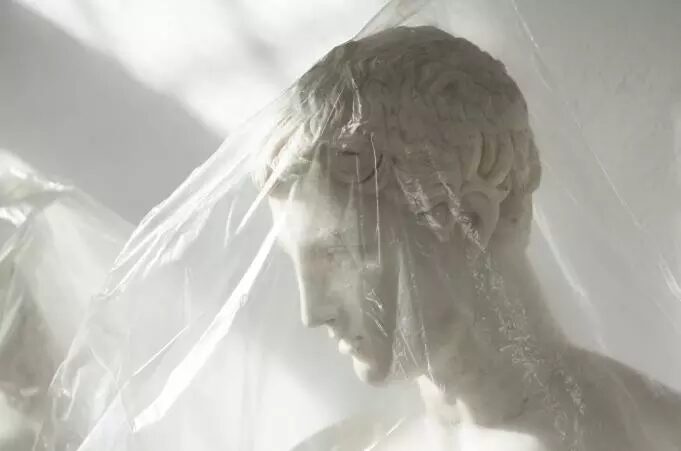
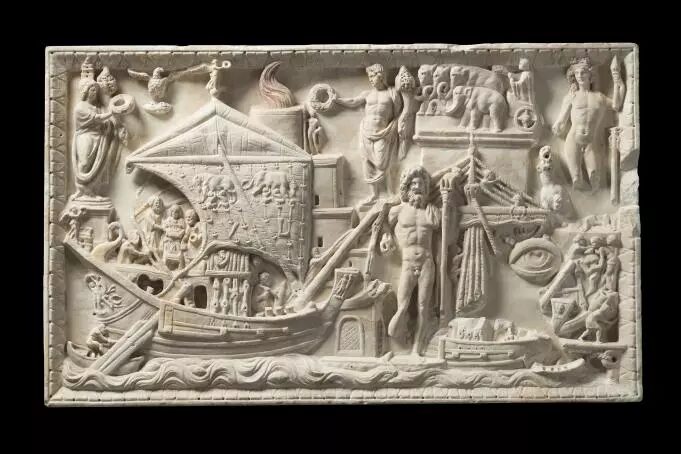
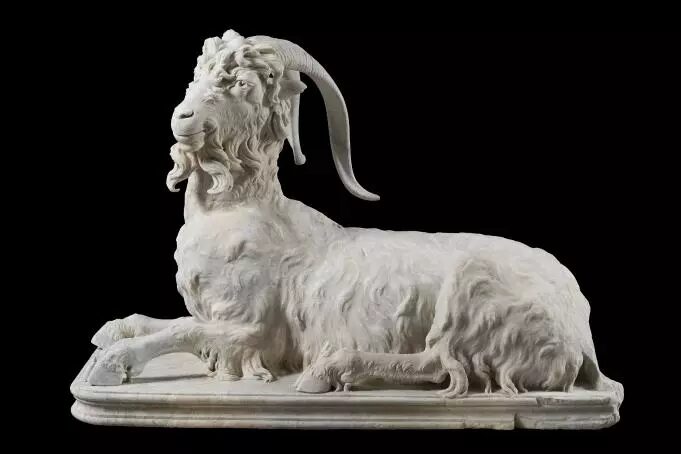
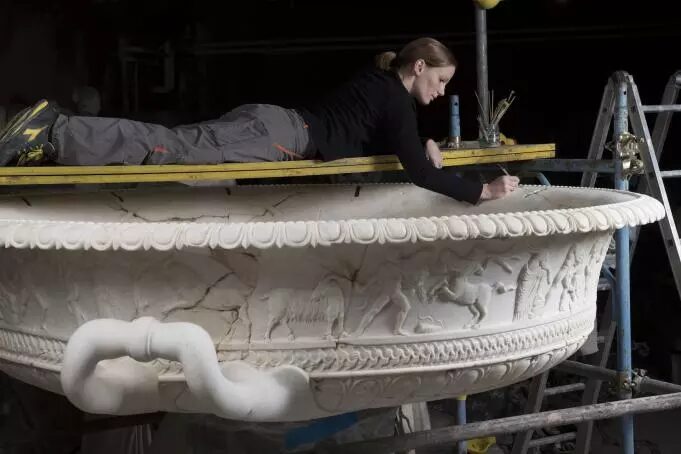



Reader Comments
R.C.